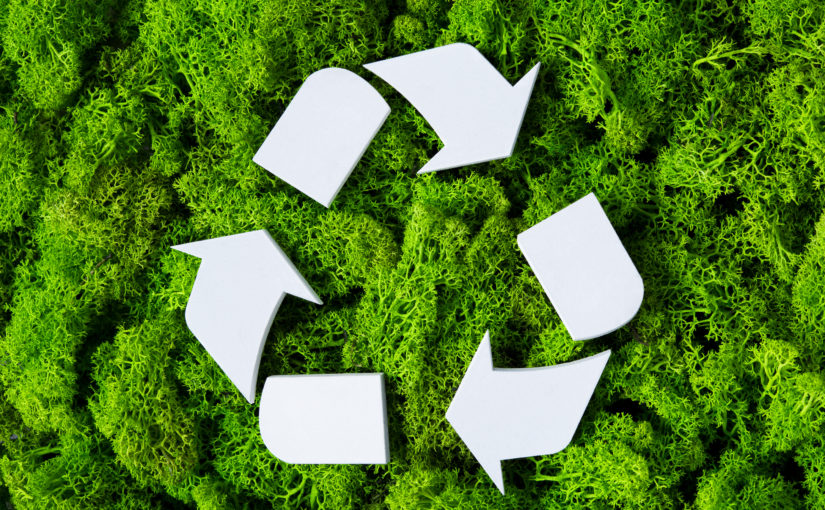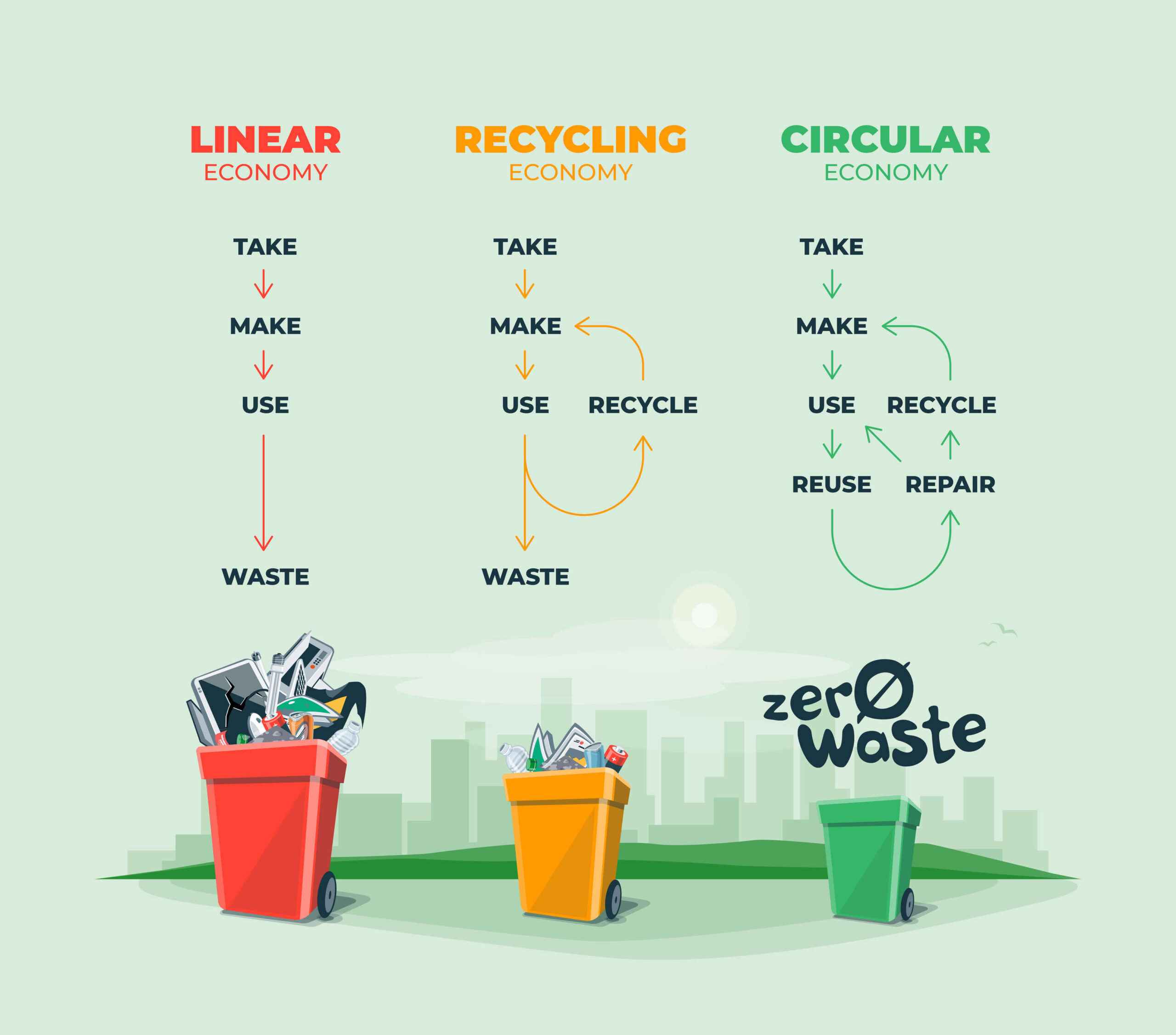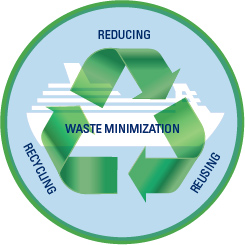Just How Recycling Lives Services Help In Reducing Ecological Impacts
Wiki Article
Comprehending the Category and Handling of Different Sorts Of Waste
Efficient waste administration is pivotal for environmental sustainability, calling for a thorough understanding of the category and handling of different waste types. Household waste, industrial by-products, hazardous products, digital refuse, and natural remnants each necessitate distinctive methods to make sure security and minimize ecological damages.
Household Waste
House waste, including a broad selection of thrown out materials generated from day-to-day living activities, stands for a significant component of the general waste stream - recycling lives services. This category includes organic waste such as food scraps, backyard cuttings, and paper products, together with not natural materials like plastics, steels, and glass. The diverse nature of home waste demands effective classification and administration to minimize ecological impact and promote lasting living techniquesReliable home waste management starts with segregation at the resource, assisting in recycling, composting, and safe disposal. Organic waste, for example, can be composted to create nutrient-rich soil changes, decreasing land fill problem and enhancing dirt health and wellness. Recyclable products, including paper, glass, and certain plastics, can be refined and repurposed, decreasing and conserving sources energy consumption related to brand-new material manufacturing.
In addition, unsafe family waste such as batteries, digital gadgets, and cleaning chemicals requires specialized taking care of to stop soil and water contamination. Public awareness projects and practical disposal options play critical functions in ensuring appropriate disposal and recycling of these materials. By applying robust waste decrease approaches and promoting community engagement, towns can considerably minimize the ecological footprint of house waste.
Hazardous Waste
Industrial waste, a major factor to global waste generation, encompasses a diverse variety of products produced by production, construction, and other industrial activities. Reliable management of industrial waste is vital for minimizing environmental effect and promoting lasting practices.The handling of hazardous waste typically involves numerous procedures: collection, disposal, segregation, and therapy. Collection systems are developed to efficiently collect waste materials from various resources within an industrial operation. Partition is important, as it makes sure recyclable materials are separated from non-recyclable ones, which can be routed in the direction of proper recycling or disposal channels. Treatment processes, consisting of physical, chemical, and biological techniques, are employed to reduce the poisoning, quantity, and environmental influence of the waste. Ultimately, disposal techniques like landfilling or incineration are used for waste that can not be recycled or dealt with.
Taking on techniques such as waste minimization, resource recuperation, and recycling can dramatically lower the concern of hazardous waste on the atmosphere, adding to more sustainable commercial practices.
Hazardous Waste

Harsh wastes can damage or destroy living materials and cells. Flammable wastes can easily spark, positioning fire threats, while reactive wastes can create explosions or launch hazardous gases upon contact with other materials.
Efficient hazardous waste administration involves a number of key methods: recognition and segregation of unsafe materials, risk-free transportation and storage, and ideal treatment and disposal. Therapy methods might include chemical incineration, stablizing, and neutralization. Regulatory compliance is vital, guided by structures such as the Resource Preservation and Recovery Act (RCRA) in the United States, which ensures risk-free and environmentally audio monitoring of contaminated materials.
Electronic Waste
Digital waste, frequently abbreviated as e-waste, stands for a growing difficulty in waste monitoring due to the fast obsolescence of technology. This classification incorporates a broad series of disposed of digital devices, consisting of smartphones, computer systems, tvs, and family devices. The intricacy of e-waste hinges on its structure; these things include a combination of useful products such as gold and copper, as well as harmful substances like cadmium, mercury, and lead.
Regulations and policies, such as the European Union's Waste Electronic and electrical Tools visit this website (WEEE) Instruction, objective to advertise Going Here accountable e-waste monitoring. These policies mandate suppliers to help with the collection and recycling of digital products, consequently reducing the problem on landfills and lessening environmental contamination.
Organic Waste
Organic waste, including biodegradable products such as food scraps, backyard trimmings, and agricultural residues, comprises a considerable section of the community solid waste stream. This kind of waste is noteworthy not just for its quantity but likewise for its possible environmental influence if not handled correctly. Organic waste can decay anaerobically in garbage dumps, generating methane, a potent greenhouse gas adding to environment modification.Correct handling of natural waste involves a number of techniques. Furthermore, diverting food waste from garbage dumps with donation programs can reduce food insecurity while reducing waste.
Municipalities and services are progressively identifying the relevance of organic waste administration. Carrying out extensive organic waste recycling programs not only reduces ecological effects however likewise lines up with more comprehensive sustainability objectives, advertising a round economic situation where sources are continually recycled and repurposed.
Verdict
Reliable waste monitoring and environmental management necessitate an extensive understanding of the classification and handling of various waste kinds. Family, commercial, harmful, digital, and organic waste each require distinctive treatments for treatment, segregation, and disposal. Correct monitoring decreases environmental effect, preserves resources, and advertises sustainability. Implementing ideal techniques for every waste kind guarantees secure and responsible waste administration methods, eventually contributing to the protection of environments and public health and wellness.Reliable waste management is critical for ecological sustainability, calling for a comprehensive understanding of the category and handling of numerous waste kinds.Home waste, incorporating a wide range of thrown out products produced from daily living activities, stands for a significant component of the total waste stream.Industrial waste, a major contributor to worldwide waste generation, incorporates a varied range of materials produced by manufacturing, building, and various other commercial tasks (recycling lives services).Hazardous waste, an essential issue in waste administration, consists of products that posture substantial threats to human wellness and the environment due to their toxic, destructive, flammable, or reactive residential or commercial properties.Organic waste, including naturally degradable materials such from this source as food scraps, lawn trimmings, and farming residues, constitutes a significant section of the metropolitan strong waste stream
Report this wiki page